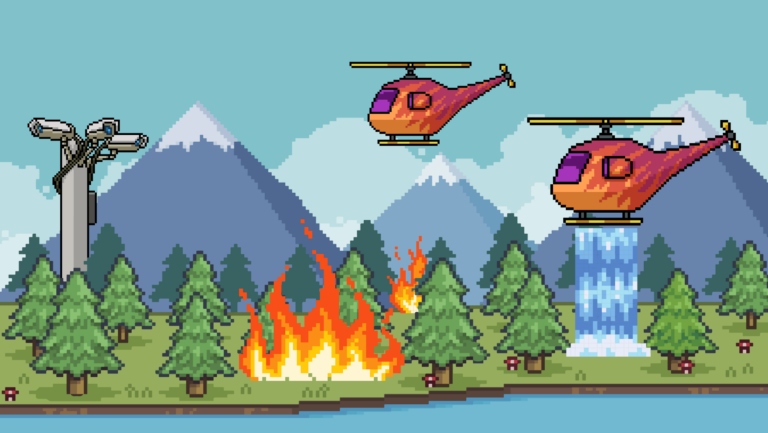What is interesting about the Romanian Internet providers market
While neighboring countries are trying to settle the struggle between large telecom providers, the Romanian Internet infrastructure is developing a little differently. We will tell you why this happens.

Famous example
Since 2011, Romania has been in the top of the countries with high-speed Internet access. Despite the fact that over the past few years, its position in the ratings of the mobile Internet has deteriorated (44th place), the country continues to occupy the third line of the global index Speedtest’a for wire lines. The cost of home Internet is slightly higher than in Russia, which puts Romania in a similar third position in the list independent rating company Numbeo.
Such results are the merit of local regulators, which are in no hurry to introduce strict requirements for telecoms or, at least, make changes quite smoothly without disrupting the work of providers. This approach contrasts with what we are used to seeing in other EU countries and the United States. There, the negotiation of new communication lines can take several years, and the development of broadband access often rests on quality outdated metrics, standards and statistics…
Known and caseswhen American management companies enter into an unspoken collusion with large providers and cut off access for residents to alternative offers at more adequate prices. By the way, home Internet for residents of the country costs on average seven times more. Although the US is still in the top 10 of the Speedtest rankings.
What’s the matter
In the successful development of the Romanian broadband, it is not so much the demands of the authorities that are “to blame” as their soft and careful attitude to how the local telecom ecosystem develops organically.
It consists of many microprovidersproviding communication to a small number of clients. Usually this is a few hundred or two to three thousand households.
Romanian providers also successfully interact with each other and managing organizations, uniting in regional “blocks” and permanent local networks. Together they defend their business interests and actively compete with each other, including for the opportunity to work with companies that often use the services of several Internet providers.

there is opinionthat it is precisely these “local” networks from the 90s, “forwarded” from roof to roof, became not only a characteristic feature of photographs from the center of Bucharest, but also turned out to be a key factor in the development of high-speed Internet throughout Romania. Today, small providers are still a significant element that ensures the stability of this market, a certain hospitality in the eyes of tourists who prefer to use Wi-Fi in institutions and on the street, and convenience for citizens who choose remote work options…
Criticism
Not everyone likes areas entangled in communication lines. Even the International Telecommunication Union (ITU) spoke out against such an approach – he recommended removing some of the communications underground, although he noted the high level of competition among local telecoms. There are also more striking promotions when measures of large cities personally cut cables from providers who ignored the pull request. The latter only had time to save the property, but it did not always work out.
Will the local ecosystem withstand the onslaught of industry monopolists, will it be able to preserve its identity and effectively compete with its neighbors – we will tell you in our next materials.
PS Additional reading in our hubblog:
The work of Internet providers and the development of communication systems – digest
Analysis: what British Internet regulators are criticized for
Namespace-decentralization: who proposes to do what and what
How the infrastructure modernization ran into statistics
“Almost RFC”: What Happens to the QUIC Protocol





